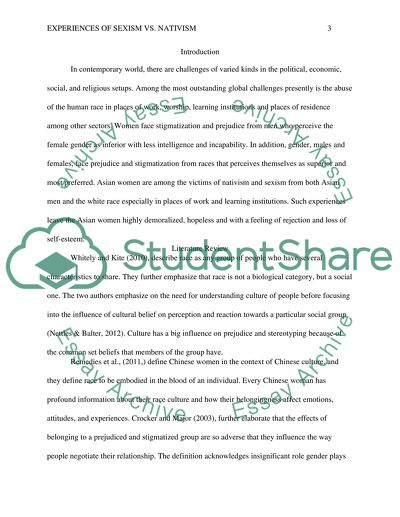Cite this document
(“Experiences of sexism VS. nativism Research Proposal - 1”, n.d.)
Experiences of sexism VS. nativism Research Proposal - 1. Retrieved from https://studentshare.org/psychology/1665696-experiences-of-sexism-vs-nativism
Experiences of sexism VS. nativism Research Proposal - 1. Retrieved from https://studentshare.org/psychology/1665696-experiences-of-sexism-vs-nativism
(Experiences of Sexism VS. Nativism Research Proposal - 1)
Experiences of Sexism VS. Nativism Research Proposal - 1. https://studentshare.org/psychology/1665696-experiences-of-sexism-vs-nativism.
Experiences of Sexism VS. Nativism Research Proposal - 1. https://studentshare.org/psychology/1665696-experiences-of-sexism-vs-nativism.
“Experiences of Sexism VS. Nativism Research Proposal - 1”, n.d. https://studentshare.org/psychology/1665696-experiences-of-sexism-vs-nativism.


